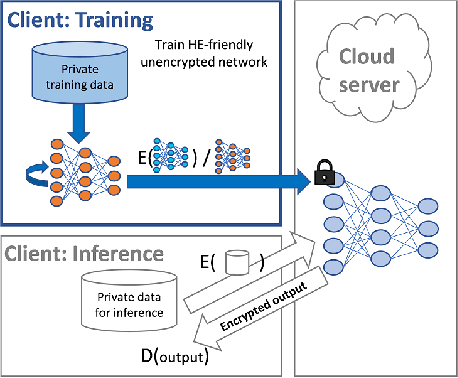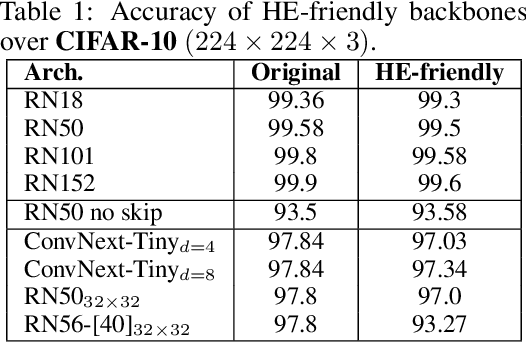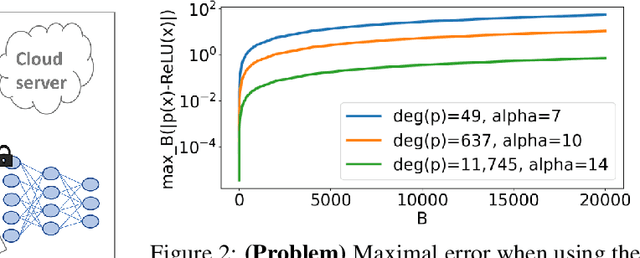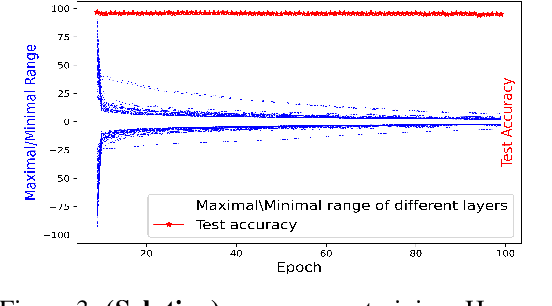Eyal Kushnir
Privacy-Preserving Federated Learning over Vertically and Horizontally Partitioned Data for Financial Anomaly Detection
Oct 30, 2023Abstract:The effective detection of evidence of financial anomalies requires collaboration among multiple entities who own a diverse set of data, such as a payment network system (PNS) and its partner banks. Trust among these financial institutions is limited by regulation and competition. Federated learning (FL) enables entities to collaboratively train a model when data is either vertically or horizontally partitioned across the entities. However, in real-world financial anomaly detection scenarios, the data is partitioned both vertically and horizontally and hence it is not possible to use existing FL approaches in a plug-and-play manner. Our novel solution, PV4FAD, combines fully homomorphic encryption (HE), secure multi-party computation (SMPC), differential privacy (DP), and randomization techniques to balance privacy and accuracy during training and to prevent inference threats at model deployment time. Our solution provides input privacy through HE and SMPC, and output privacy against inference time attacks through DP. Specifically, we show that, in the honest-but-curious threat model, banks do not learn any sensitive features about PNS transactions, and the PNS does not learn any information about the banks' dataset but only learns prediction labels. We also develop and analyze a DP mechanism to protect output privacy during inference. Our solution generates high-utility models by significantly reducing the per-bank noise level while satisfying distributed DP. To ensure high accuracy, our approach produces an ensemble model, in particular, a random forest. This enables us to take advantage of the well-known properties of ensembles to reduce variance and increase accuracy. Our solution won second prize in the first phase of the U.S. Privacy Enhancing Technologies (PETs) Prize Challenge.
Sensitive Tuning of Large Scale CNNs for E2E Secure Prediction using Homomorphic Encryption
Apr 26, 2023



Abstract:Privacy-preserving machine learning solutions have recently gained significant attention. One promising research trend is using Homomorphic Encryption (HE), a method for performing computation over encrypted data. One major challenge in this approach is training HE-friendly, encrypted or unencrypted, deep CNNs with decent accuracy. We propose a novel training method for HE-friendly models, and demonstrate it on fundamental and modern CNNs, such as ResNet and ConvNeXt. After training, we evaluate our models by running encrypted samples using HELayers SDK and proving that they yield the desired results. When running on a GPU over the ImageNet dataset, our ResNet-18/50/101 implementations take only 7, 31 and 57 minutes, respectively, which shows that this solution is practical. Furthermore, we present several insights on handling the activation functions and skip-connections under HE. Finally, we demonstrate in an unprecedented way how to perform secure zero-shot prediction using a CLIP model that we adapted to be HE-friendly.
 Add to Chrome
Add to Chrome Add to Firefox
Add to Firefox Add to Edge
Add to Edge